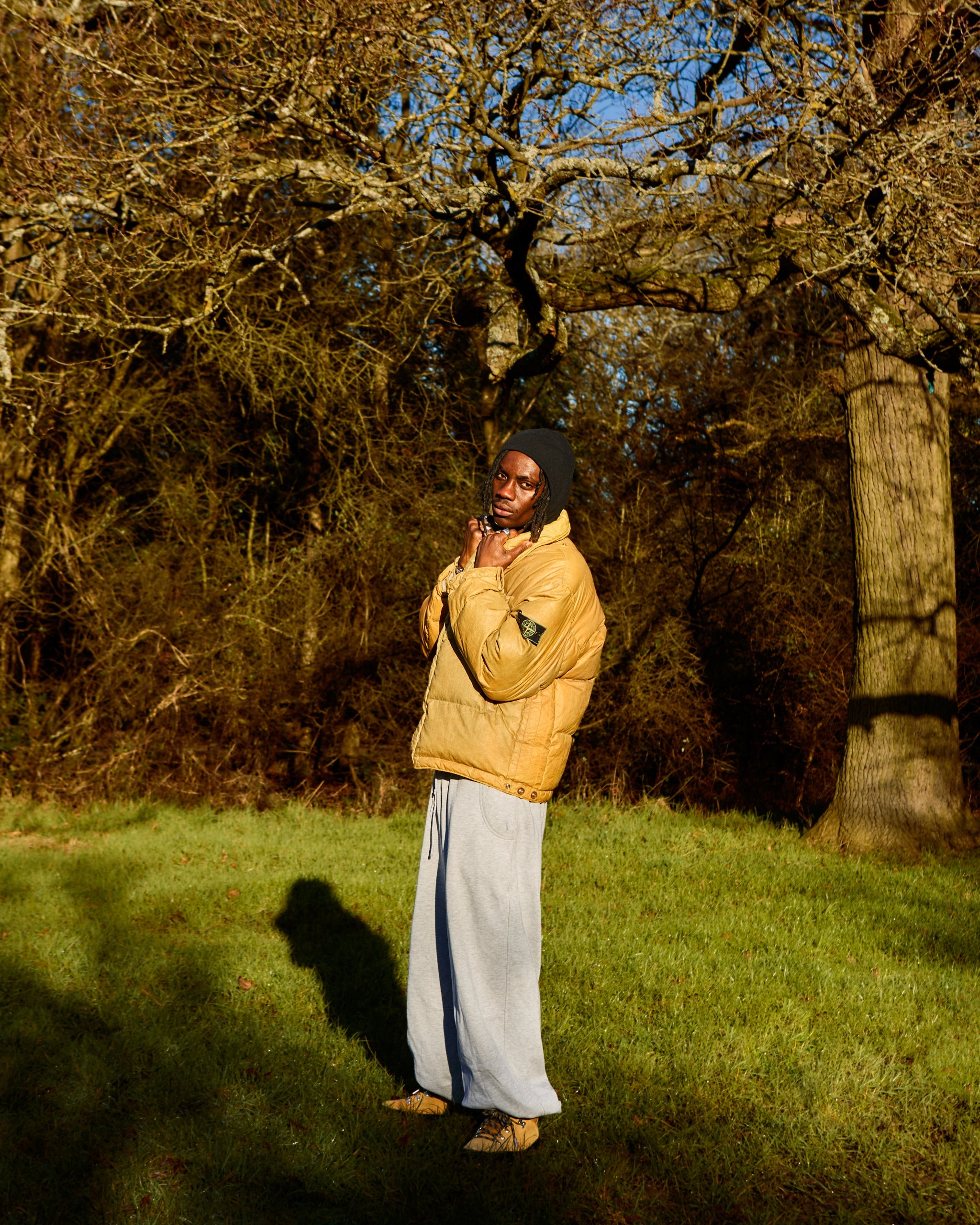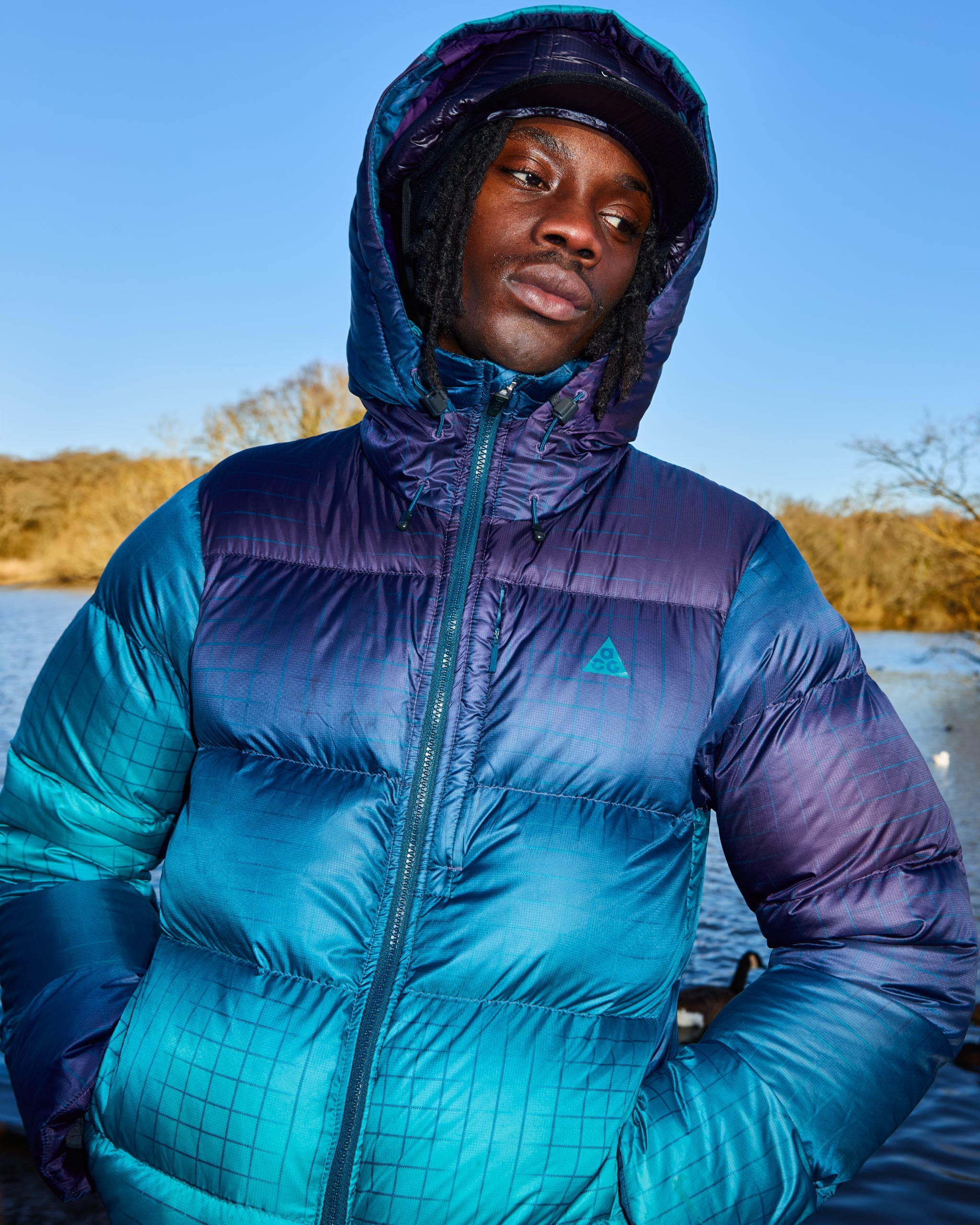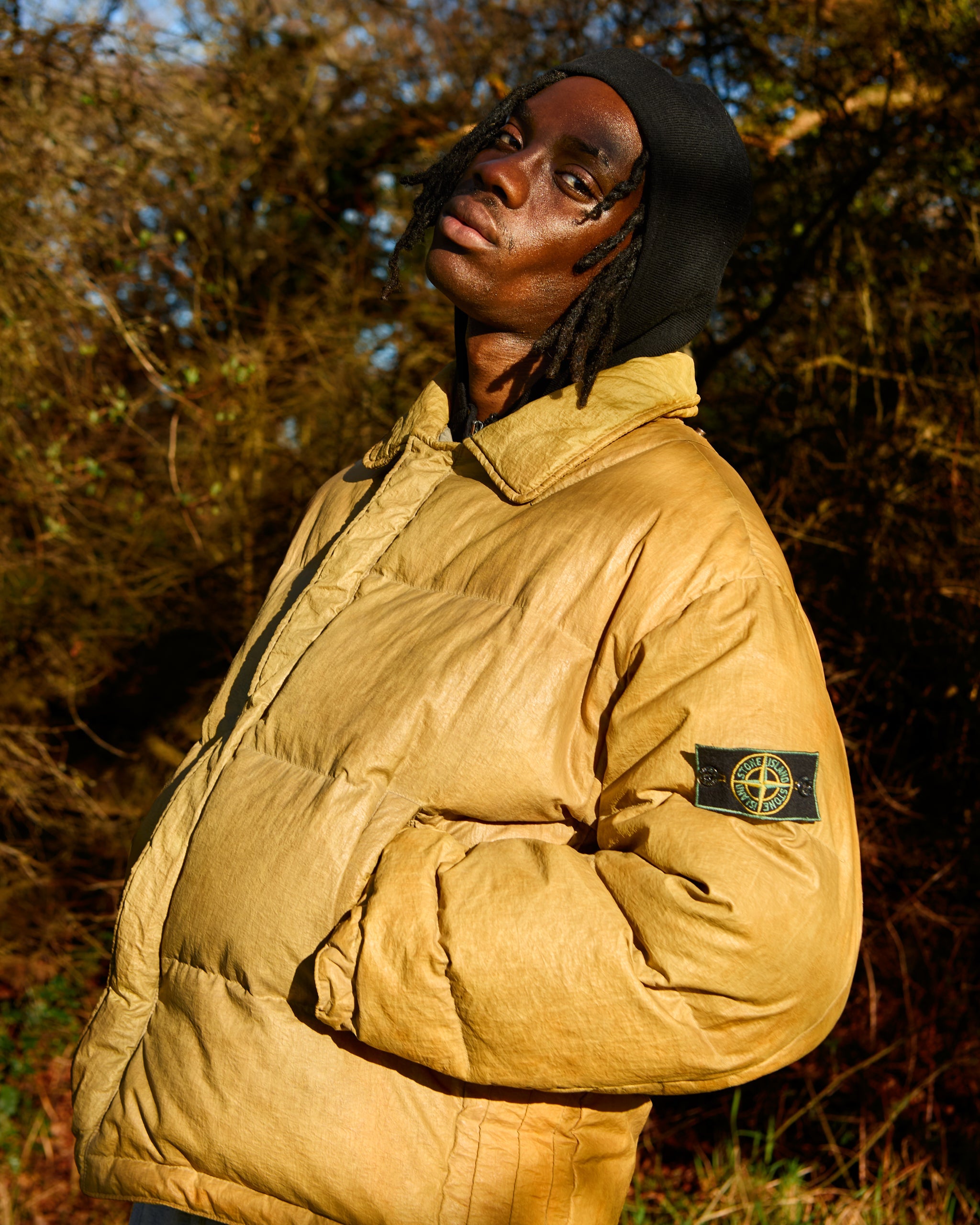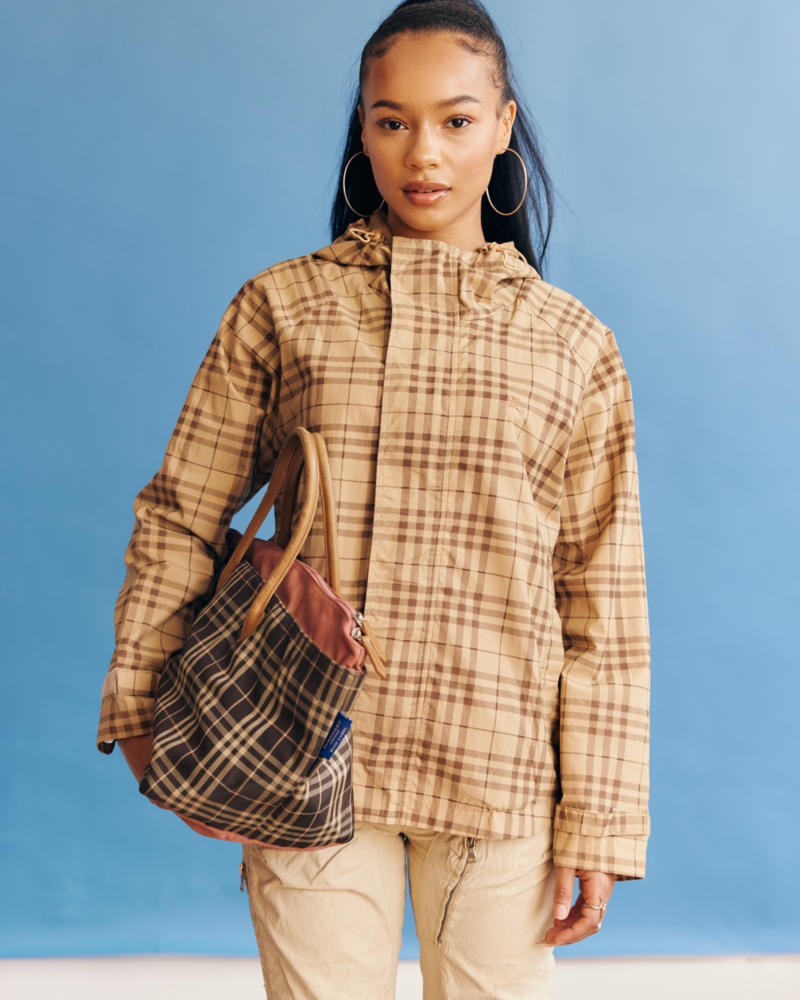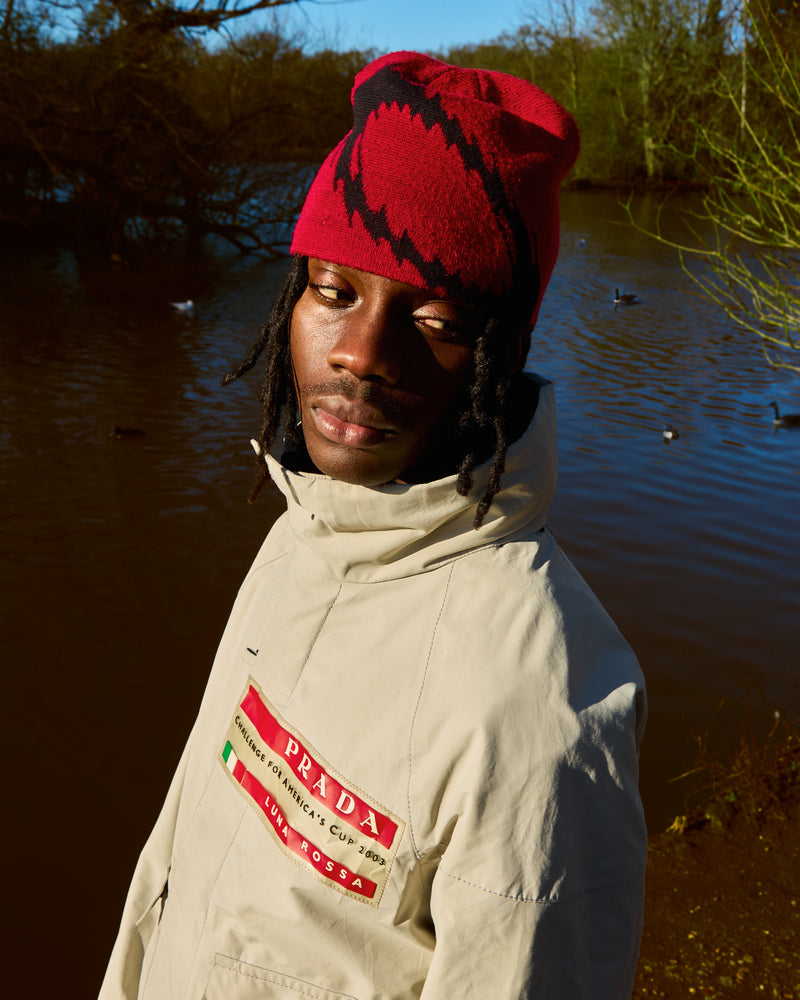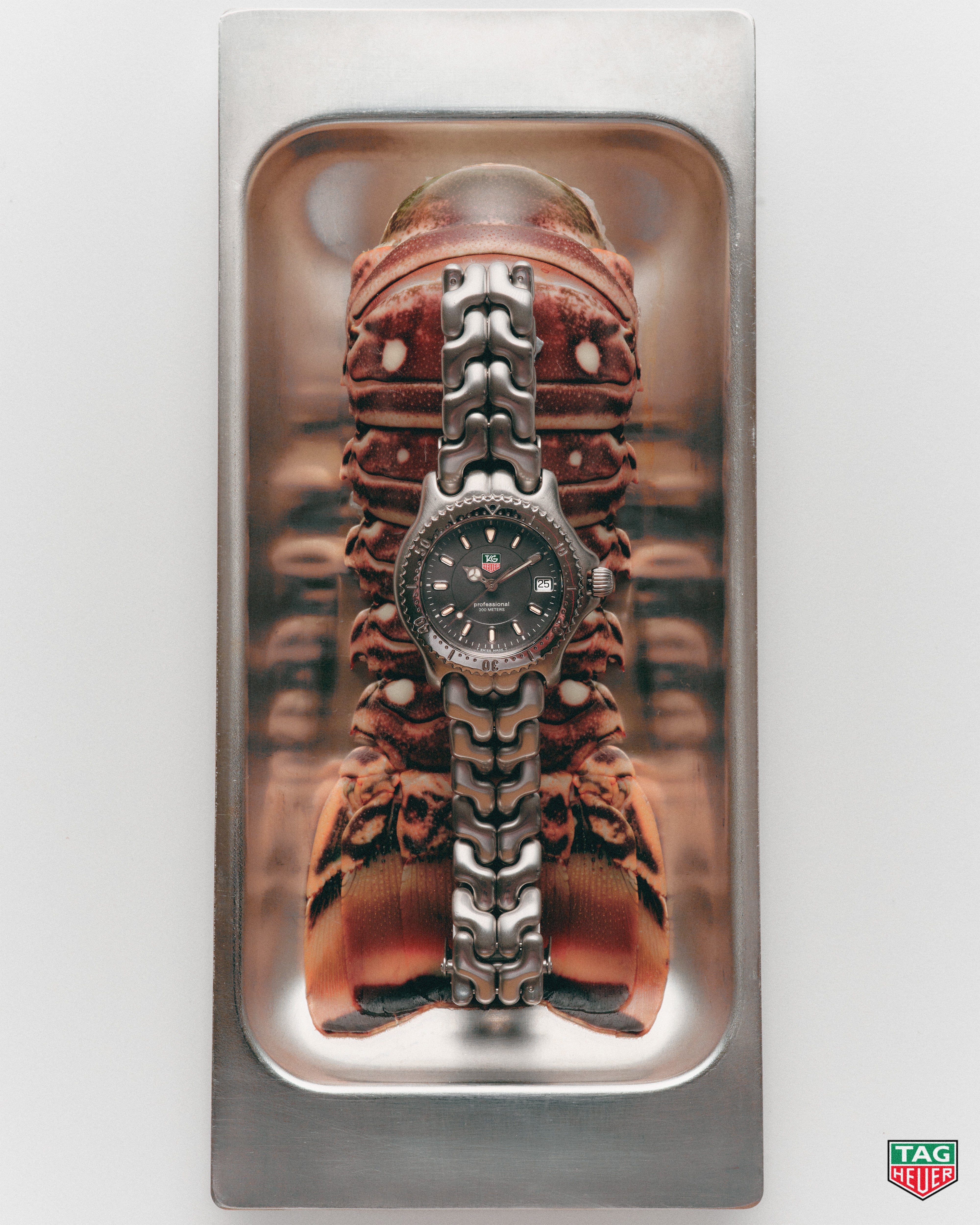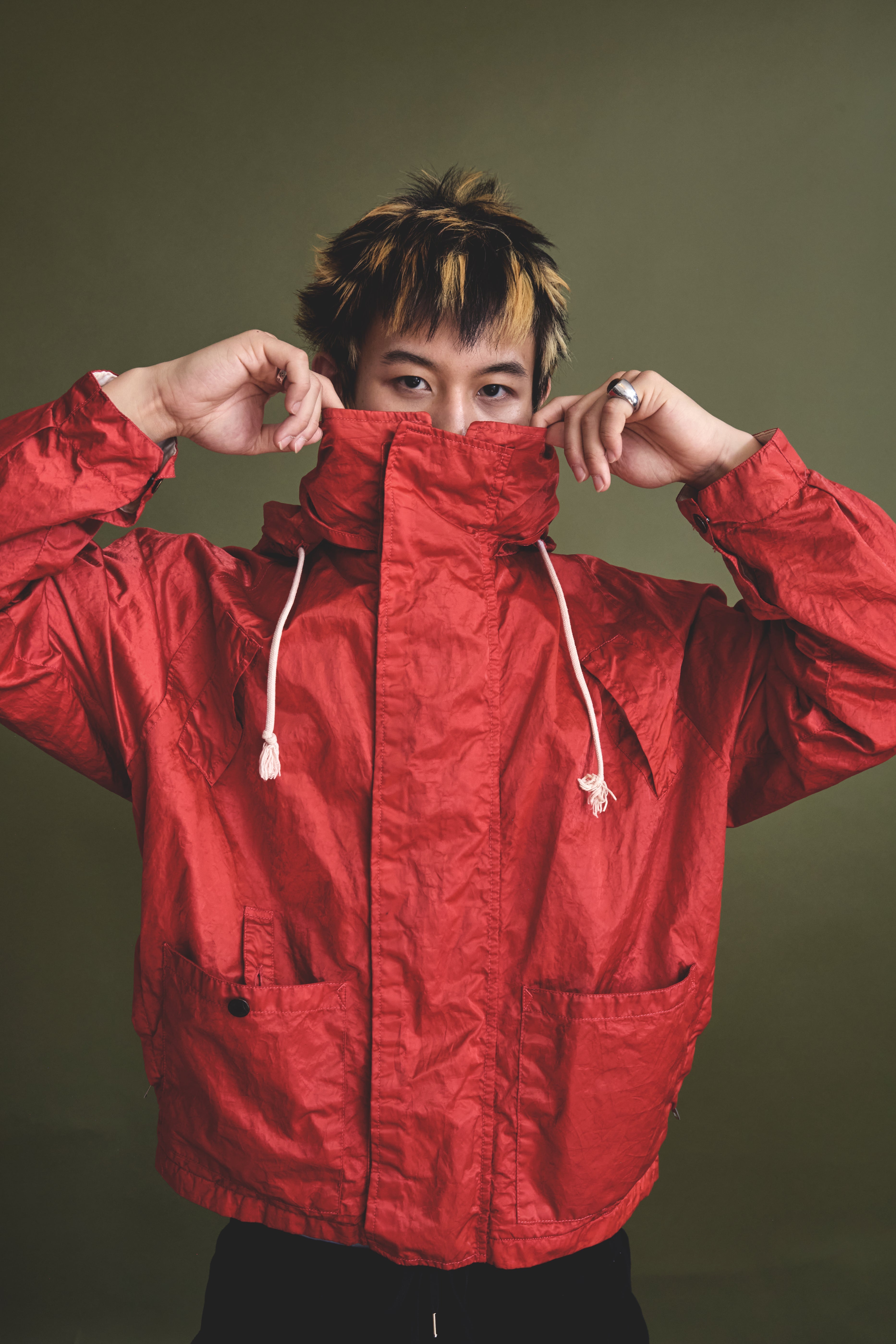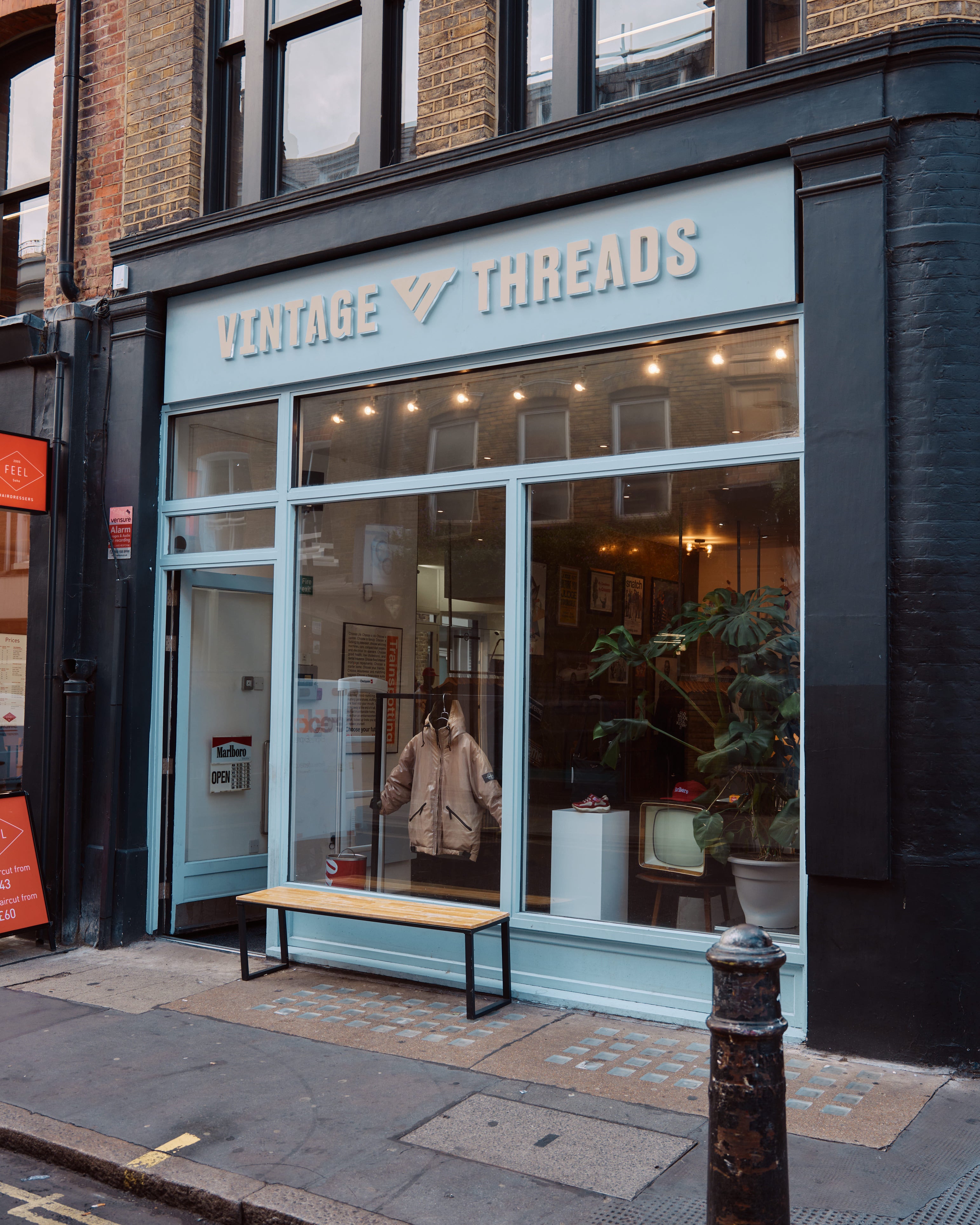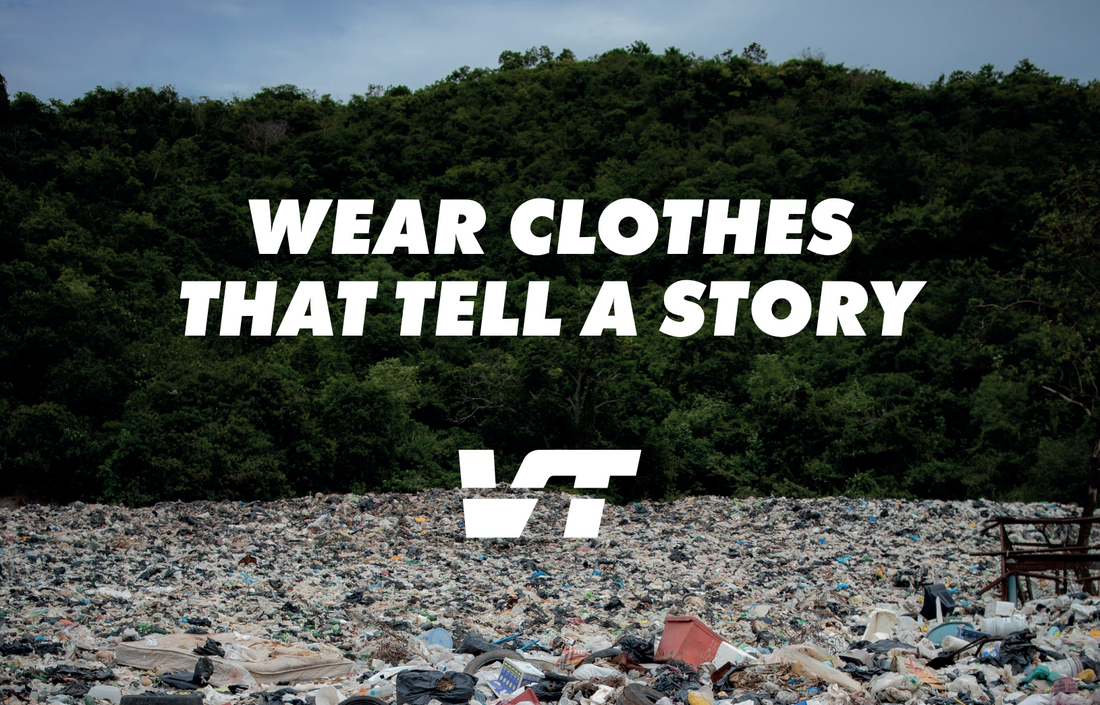
Be Green Wear Vintage

Where pollution is concerned, we usually think of huge power plants, smoggy cities and filthy water, however, one factor we may often overlook is a lot closer to home.
Global fashion tycoon, Eileen Fisher, recently stated that the fashion industry is the second most polluting in the world, and, looking at the facts, it is hard to argue with her.
A recent article by the UN’s environment programme states “the industry produces 20% of the world’s wastewater while also generating more greenhouse gas emissions than all international flights and maritime shipping combined.” Not wavey.

The devastating impact of the industry is largely down to the fast fashion culture that has emerged across society. Fast fashion populates the rapid change of trends, the speed of purchasing clothes and the pace with which we get rid of them. All these factors are contributing to a damaging environmental future and this needs to be addressed.
Since 2000, global clothes production has more than doubled, and the average person now buys 60% more clothes every year, keeping them for half as long as they did 15-20 years ago.
In the US alone, over 85% of those clothes end up in a landfill… imagine how many naughty Nike’s have been dumped in there!? It breaks our heart.
This has introduced the notion of ‘true cost’ which evaluates the cost of a garment in line with the impact it has on the environment. As a Vintage Clothing company, we are addressing ‘true cost’ and how important it is for the industry to clean itself up.
Our ambition for the future is to become a more sustainable company on all fronts, however, we also recognise that we can never run a fully sustainable business. Many ‘vintage’ clothes have been manufactured within the last 20-30 years, they did not grow on trees and quite a few of them have travelled hundreds of miles to get the point where we handpick them, but the ‘true cost’ is far smaller than those found on the high street.
If there was a ranking of ethical ways to dress, second-hand vintage and reworking old pieces (see above) would be near the top. Unlike high-street fashion, vintage garms are rare, prestigious and tradable. Re-wearing old clothes also reduces the demand to manufacture new clothes and thus diminishes the huge impact of fibre production, dyeing and finishing.
Our message isn’t to promote Vintage Threads as the saviour of fast fashion, but to encourage everyone to think about the way in which we are consuming fashion. We’re not looking to start our own vintage underwear section or walk around in wooden sandals, let’s face it… there’s nothing better than a brand-new set of Calvins or copping the latest sneaker drop, but whilst the impact of fast fashion is having on the planet can’t be ignored, it can be helped.

So we have a challenge for you, could you replace one clothing purchase a month with one from alternatives such as eBay, Depop, clothes swaps, a vintage seller or even a charity shop? If yes, then you’ve just found a new year’s resolution you won’t mind keeping!
Our #BeGreenWearVintage campaign promotes the sustainable benefits of choosing vintage and reworked clothes. Check out our reworked collections, made from purely discarded materials or come and visit us at our next clothes swap (see above some snaps from our Shoreditch House event) to get involved.
We also love seeing your second hand choices, so simply hashtag #BeGreenWearVintage with your sustainably sourced item and tag us in the photo! You may just get a cheeky discount code for our store... :)



